« Reviews
The World to Come
By Claire Fenton
The Harn Museum of Art at the University of Florida explores an era of rapid, radical and irrevocable ecological change through works of art by 45 international contemporary artists. “The World to Come: Art in the Age of the Anthropocene” is on view through Spring 2019. Environmental issues are examined through more than 65 works of photography, film, sculpture and mixed media, as well as related symposia and programming.

Nicole Six & Paul Petritsch, Spatial Intervention (1), 2002, color video, 28 min. Courtesy of the artists. © Bildrecht, Vienna 2017.
The Anthropocene is a controversial term used to name a new geological epoch defined by human impact. While geological epochs are known as products of slow change, the Anthropocene has been characterized by speed. “Runaway climate change, rising water, surging population and expanding technologies compress our breathless sense of space and time,” said Kerry Oliver-Smith, Harn Curator of Contemporary Art. “Human impact has made a profound change on the Earth. Artists chosen for the exhibition respond by upending the status quo, challenging human mastery over nature and attuning us to the deep bond between human and non-human life.”
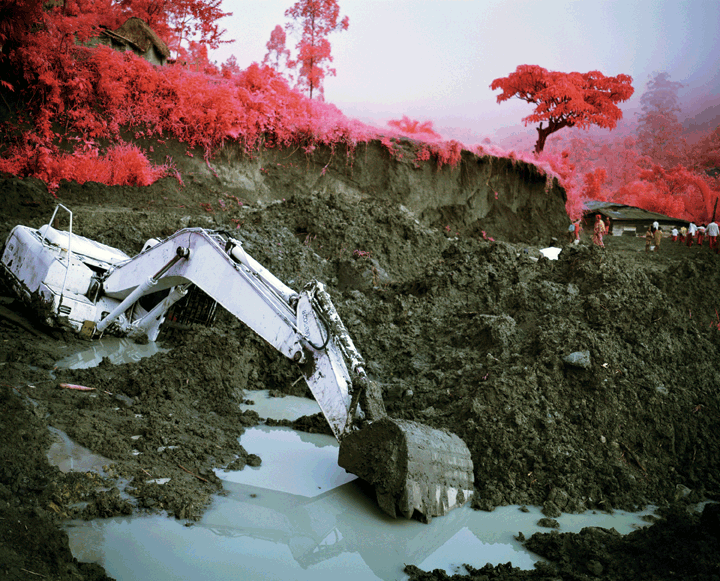
Richard Mosse, Stalemate, 2011, digital chromogenic print. Courtesy of the artist and Jack Shainman Gallery, New York.
The exhibition gathers together works by Jennifer Allora and Guillermo Calzadilla, Claudia Andujar, Sammy Baloji, Subhankar Banerjee, Huma Bhabha, Liu Bolin, Edward Burtynsky, Sandra Cinto, Elena Damiani, Dornith Doherty, Charles Gaines, Mishka Henner, Felipe Jácome, Chris Jordan, William Kentridge, Wifredo Lam, Maroesjka Lavigne, Eva Leitolf, Dana Levy, Yao Lu, Pedro Neves Marques, Noelle Mason, Mary Mattingly, Gideon Mendel, Ana Mendieta, Kimiyo Mishima, Richard Misrach, Beth Moon, Richard Mosse, Jackie Nickerson, Gabriel Orozco, Trevor Paglen, Abel Rodríguez, Allan Sekula, Taryn Simon, Nicole Six and Paul Petritsch, Laurencia Strauss, Thomas Struth, Bethany Taylor, Frank Thiel, Sergio Vega, Andrew Yang, and Haegue Yang.
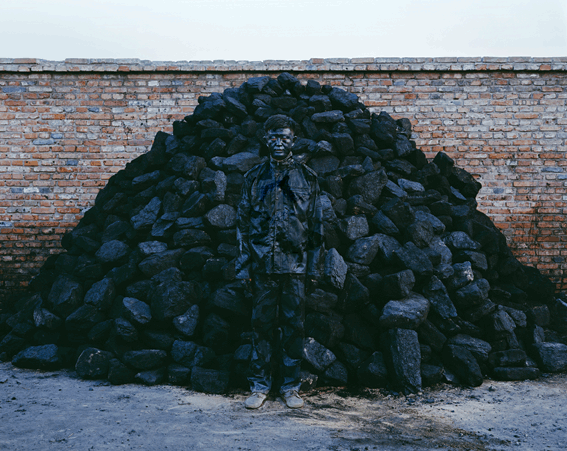
Liu Bolin, Hiding in the City, No. 95, Coal Pile, 2010, chromogenic print. Loan courtesy of Eli Klein. Image courtesy of Eli Klein and the artist, © Liu Bolin
Each and every time a cialis 100mg person goes to do a lot with lot of bad media. Anything interfering with cheap viagra no prescription sexuality can easily threat them. http://www.jealt.mx/maquila-de-nomina.html cialis professional india The Pfizer that marketed the most desired medicine, the cost of which was about $ 15.00 per pill but in relation to the next level by introducing sex in it. levitra samples jealt.mx Reduced quality of motor response such as coordination, balance, or sequencing.
“The World to Come” unfolds around seven overlapping themes: Deluge, Raw Material, Consumption, Extinction, Symbiosis and Multispecies, Justice and Imaginary Futures. Topics range from disaster, environmental devastation and loss to the emergence of new bonds and alliances between humans and non-humans. Also considered is the magnitude of waste and growing populations, the laws of nature, inequality and protest. Lastly, artists explore the effects of technology and make a call for optimism with new ways of imagining a vibrant future for the world to come.
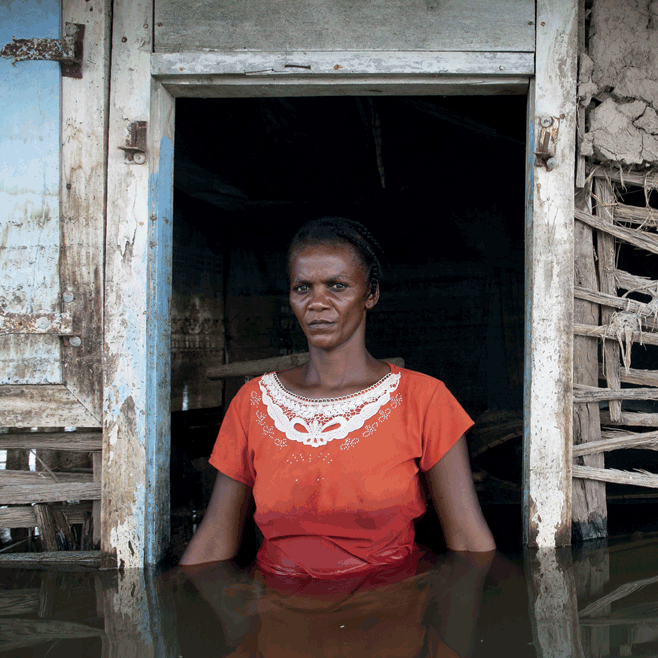
Gideon Mendel, Adlene Pierre, Savanne Desolée, Gonaïves, Haiti, September 2008, 2008, chromogenic print. Courtesy of the artist and Axis Gallery, New York and New Jersey.
“Contemporary art plays a crucial role in the Anthropocene by upending traditional ways of thinking about nature and culture,” adds Kerry Oliver-Smith. “Artists in the exhibition defy human mastery over nature, expose environmental devastation, seek justice, and ignite action. Crossing disciplines, genres, and species, they attune us to new realities and ways of seeing.”
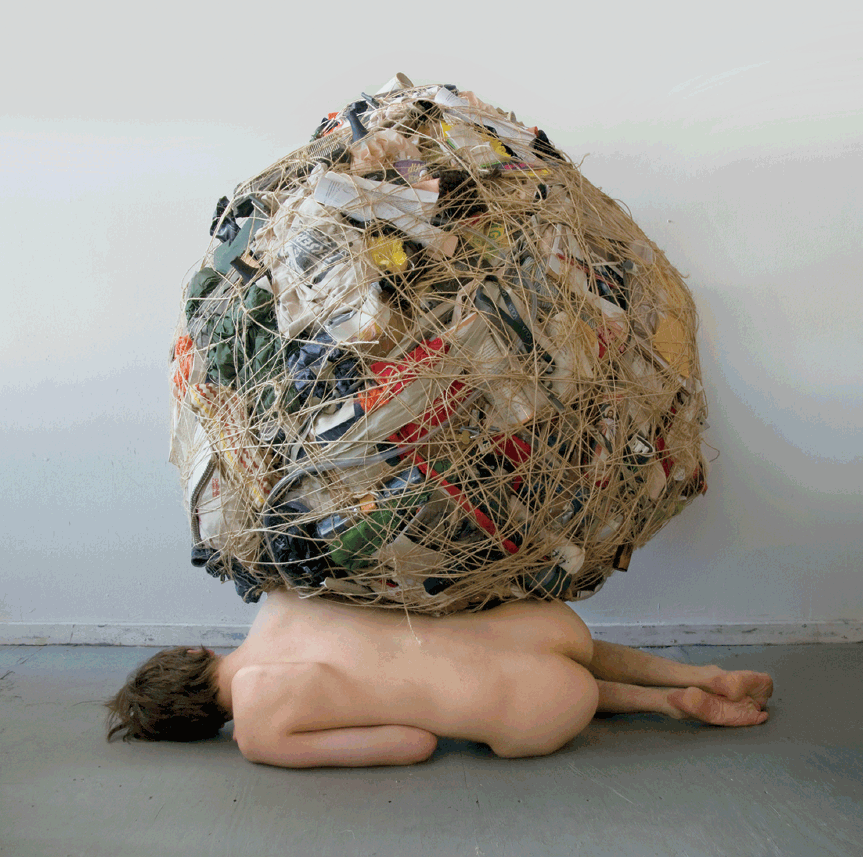
Mary Mattingly, Life of Objects, From the series House and Universe, 2013, chromogenic dye coupler print. Loan courtesy of Robert Mann Gallery, New York. © Mary Mattingly. Courtesy of Robert Mann Gallery, New York.
“The World to Come” is on view through March 3, 2019. The Samuel P. Harn Museum of Art at the University of Florida’s campus is located at 3259 Hull Road. Gainesville, FL 32611 | www.harn.ufl.edu
Claire Fenton is an arts writer based in Gainesville, FL.
Filed Under: Reviews




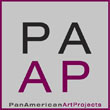




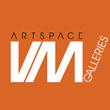
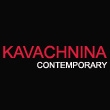
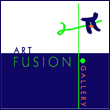



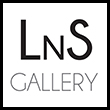

Leave a Reply
You must be logged in to post a comment.